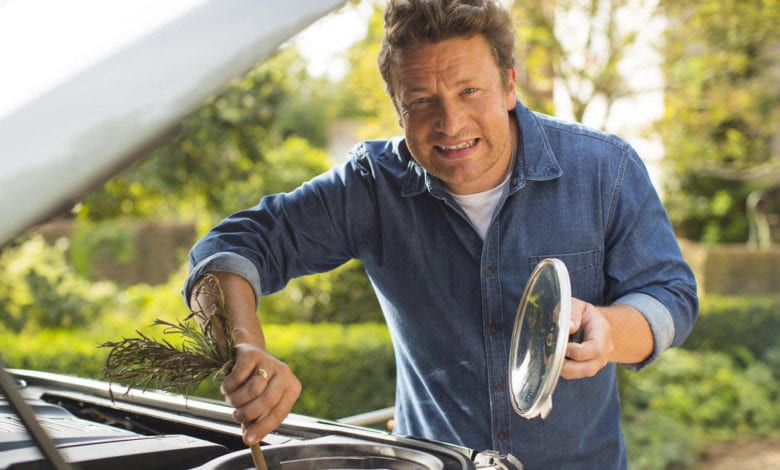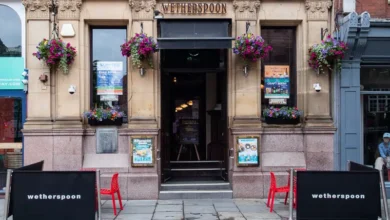
Register to get 1 free article
Reveal the article below by registering for our email newsletter.
Want unlimited access? View Plans
Already have an account? Sign in
The collapse of Jamie Oliver’s restaurant chain is arguably one of the biggest developments in the industry in recent times.
The company’s fall into administration is synonymous with the challenging times restaurant groups are currently facing, which has seen Byron Burgers approve company voluntary arrangements (CVAs) allowing them to close branches, and the Carluccio’s chain has almost completely disappeared from the high street too.
The UK’s top 100 restaurants also reported losses of £82m last year, down from pre-tax profits of £102m in 2017, according to research conducted by accounting firm UHY Hacker.
Oliver opened his first restaurant, Fifteen in 2002, after the success of his Naked Chef TV series which first aired in 1999. After multiple best-selling cookery books, and a continued broadcast presence, Oliver opened his first Jamie’s Italian restaurant in Oxford, in 2008.
Barbecoa also launched in 2011, in collaboration with American barbecue expert Adam Perry Lang, originally with one in Piccadilly and a second in St Pauls.
At its peak, the group had franchised 61 restaurants in 25 countries, starting with the first branch in Hong Kong in 2010, followed by the UAE, Australia, Canada, Cyprus, Iceland, Ireland, Russia, Turkey and Singapore.
The group continued to open further branches in the UK, with restaurants in Birmingham and York opening in 2011, followed by Aberdeen, Greenwich and Richmond in 2013. Further branches opened in Southampton and Chelmsford in 2014.
However, cracks began to appear, and in February last year CVAs were agreed, allowing 12 branches to close, making around 600 people redundant.
As part of the CVAs, court papers revealed that Jamie’s Italian had debts of £71.5m, which included; £2.2m in wages owed to staff, £30.2m of overdrafts and loans, £41.3m owed to landlords, HMRC, suppliers and other creditors; with £47m of the debts covered by loans from HSBC Bank and Oliver’s other companies.
The CVAs failed to halt the slide, with accounting firm KPMG being bought appointed in May to oversee the administration of the group, closing 22 of the 25 remaining restaurants, which saw around 1,000 employees lose their jobs.
At the time of the closures Oliver said: “I appreciate how difficult this is for everyone affected. I would also like to thank all the customers who have enjoyed and supported us over the last decade, it’s been a real pleasure serving you.
“We launched Jamie’s Italian in 2008 with the intention of positively disrupting mid-market dining in the UK High Street, with great value and much higher quality ingredients, best-in-class animal welfare standards and an amazing team who shared my passion for great food and service. And we did exactly that.”
Following the administration, Oliver has since been able to save his diner franchise at Gatwick Airport from closure, with SSP Group reaching an agreement with KPMG to take the three branches at the airport.
The chef still owns three of the restaurants, Fifteen, Barbecoa and Jamie Oliver’s Diner, all based in London.
In a recent interview with The Times, his first since the confirmation of the administration, Oliver claimed to have put £25m of his own funds into group, in a desperate attempt to keep it afloat. He told the paper: “We had seven years of the best of it. But then we began to notice a decline. Maybe we weren’t acknowledging a multitude of issues quickly enough. And then suddenly I took a midnight phone call and I was told we were running out of money.”
The recent case of Jamie Oliver’s Restaurant Group has proved the fragile nature of the restaurant trade in the current market, no matter the reputation.







